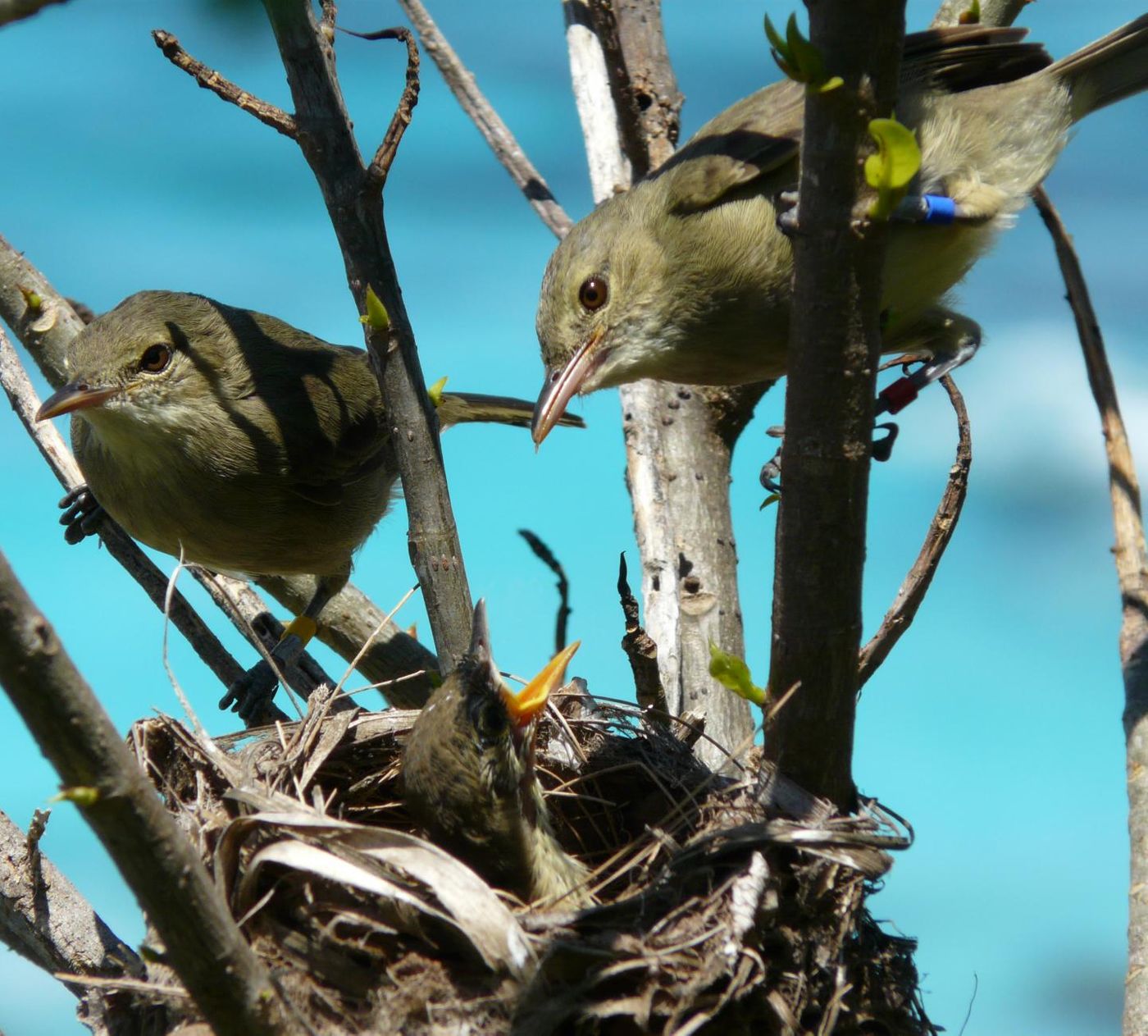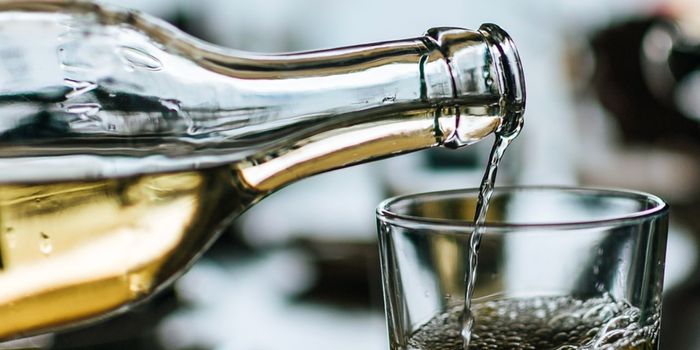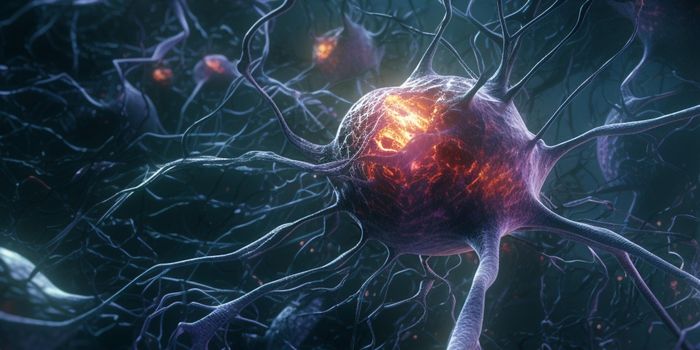Females are Healthier, Live Longer When They Get Help Raising Offspring
An international team of researchers wanted to know more about how aging and raising offspring are related, so they studied patterns in a social bird called the Seychelles warbler. They discovered that females of the species who had received help from other females in rearing offspring had gone on to live healthier, longer lives. This work, which was reported in Nature Communications, may help explain why species that live in cooperative social groups, like humans, often have longer lifespans.
"There is huge variation in lifespan between different species, and also between individuals within a species. But we know very little about what causes one individual to live a long healthy life, and another to die young. Or indeed, why individuals in one species live much longer than individuals in another similar species,” explained Professor David S. Richardson of the University of East Anglia’s School of Biological Sciences.
"Finding out more about what causes biological aging is really important. And, until now, there has been very little known about the relationship between sociality and aging within species," he added.
Some species use cooperative breeding systems to raise offspring. The parents are not the only ones responsible for the young members of the group; other adult members, called helpers, assist in caring for them. Sometimes those helpers are offspring from previous years.
In this work, the team analyzed over 15 years of data from the tiny island of Cousin about the warblers. They focused on calculating how fast the risk of death went up in an individual bird as it grew older, and they also assessed telomere length. Telomeres protect the ends of chromosomes, and have been linked to aging.
“Our previous work has shown that telomere length can be a good indicator of an individual's biological condition relative to its actual age - a measure of an individual's biological age so to speak. So we can use it to measure how quickly different birds are aging,” noted Richardson.
“In the Seychelles warbler the majority of helpers are female - and they assist with incubating the eggs and providing food for the chicks. This means that the parents don't need to do as much work when they have help,” he said.
“We found that older dominant females really benefit from having female helpers - they lose less of their telomeres and are less likely to die in the near future. This shows they are aging slower than females without helpers. Interestingly, these older female mothers were also more likely to have female helpers. Meanwhile, the survival of elderly birds who were not assisted by helpers declined rapidly with age.
“The birds only need one female helper to show the effect of delayed aging, and indeed most only have either one or no helpers. Very few may have two or three helpers, but there were not enough of those to determine whether there would be a greater benefit in having more helpers."
"Our results suggest that for the older mothers, there are real benefits to cooperative breeding. Biologically speaking they stay 'younger' for longer, and they are more likely to live longer,” noted Dr. Martijn Hammers of the University of Groningen. “These findings may help to explain why social species often have longer lifespans.”
This work is still in the preliminary stages. The hypothesis needs to be confirmed in other species, a causal link still needs to be established, and many more questions have to be answered.
“What we don't know yet is why some older individuals have helpers, which enable them to live longer, and some don't despite the obvious benefits. Further research is needed to confirm the causality of the associations we have found,” added Hammers.
Sources: AAAS/Eurekalert! Via University of East Anglia, Nature Communications









